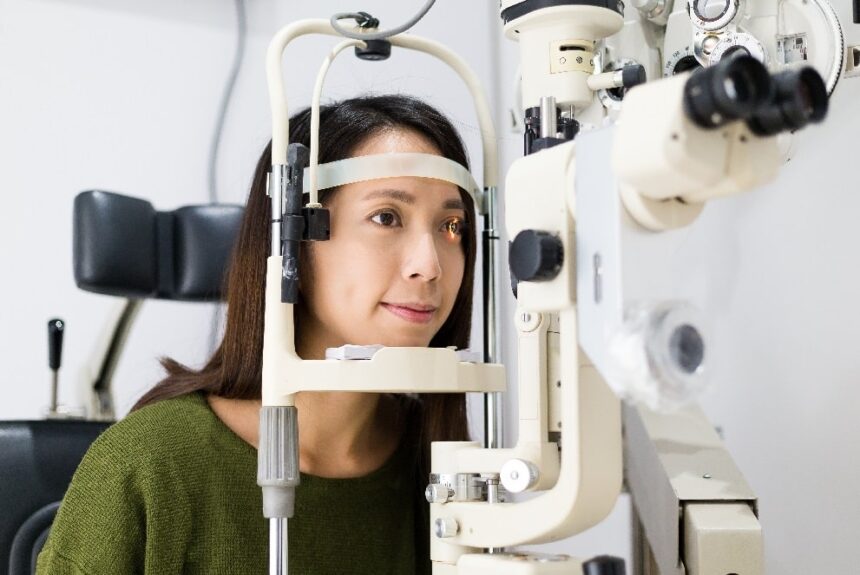Regular check-ups are an integral part of many people’s health routines, including maintaining their vision. Eye exams serve a dual purpose. They help identify vision correction needs and offer a unique view into your general health. Scheduling these appointments can be a straightforward step in maintaining your well-being.
Why get an eye exam?
Many people schedule eye exams when they notice a change in their vision. This could be blurry sight, difficulty reading, or trouble seeing at night. An eye care professional can assess these changes and determine the right prescription for glasses or contact lenses to help you see clearly.
Beyond correcting vision, eye exams can also help identify and address other issues. You might experience frequent headaches, eye strain from screens, or dry eyes. A comprehensive examination may uncover the underlying causes of this discomfort. Your eye doctor can then suggest practical solutions, such as specific types of lenses or simple exercises to relieve strain.
How Do Exams Detect Health Conditions?
During an eye exam, your eye doctor closely examines the blood vessels, nerves, and tissues inside your eyes. This is a unique opportunity because the eye is the only place in your body where blood vessels can be viewed directly without needing surgery. This clear view allows your doctor to spot early signs of health conditions that might be affecting your entire body.
The process itself is non-invasive and comfortable. Your doctor uses special lights and magnifying tools to inspect the structures at the back of your eye, like your retina and optic nerve. They are looking for changes such as swelling, leaking fluids, or damage to blood vessels, which may signal developing health issues elsewhere in your body.
An eye exam gives your doctor a direct look at parts of your internal system. This makes eye exams a valuable tool for monitoring your general health, often detecting problems before you even notice symptoms. It’s a simple, yet powerful way to stay on top of your overall well-being.
Which Conditions Can Be Found?
An eye exam can detect various health conditions, sometimes before other symptoms appear. The examination provides a window into your circulatory and neurological systems. Catching these signs early offers a better opportunity to manage them effectively.
Some of the conditions that may be identified include:
- Diabetes: Small leaks from blood vessels in the retina, known as diabetic retinopathy, may be an early indicator of diabetes.
- High Blood Pressure: Bends, kinks, or tears in the eye’s blood vessels may suggest hypertension, which affects your cardiovascular system.
- High Cholesterol: A yellow or blue ring around the cornea can sometimes be a sign of high cholesterol levels in the blood.
- Autoimmune Disorders: Inflammation in the eye may be linked to conditions like lupus or rheumatoid arthritis.
These observations can prompt a recommendation to see your primary care physician for further evaluation. Identifying these markers early on allows for timely conversations with your healthcare team. This proactive approach supports your overall health management plan.
Get your eye exams
Scheduling regular eye exams is a practical step toward caring for both your vision and your overall health. These appointments provide an opportunity to detect changes that you might not notice on your own. Staying current with your eye health allows your eye care provider to track any developments over time. Contact an eye care professional to schedule your next appointment and take a proactive step for your well-being.









